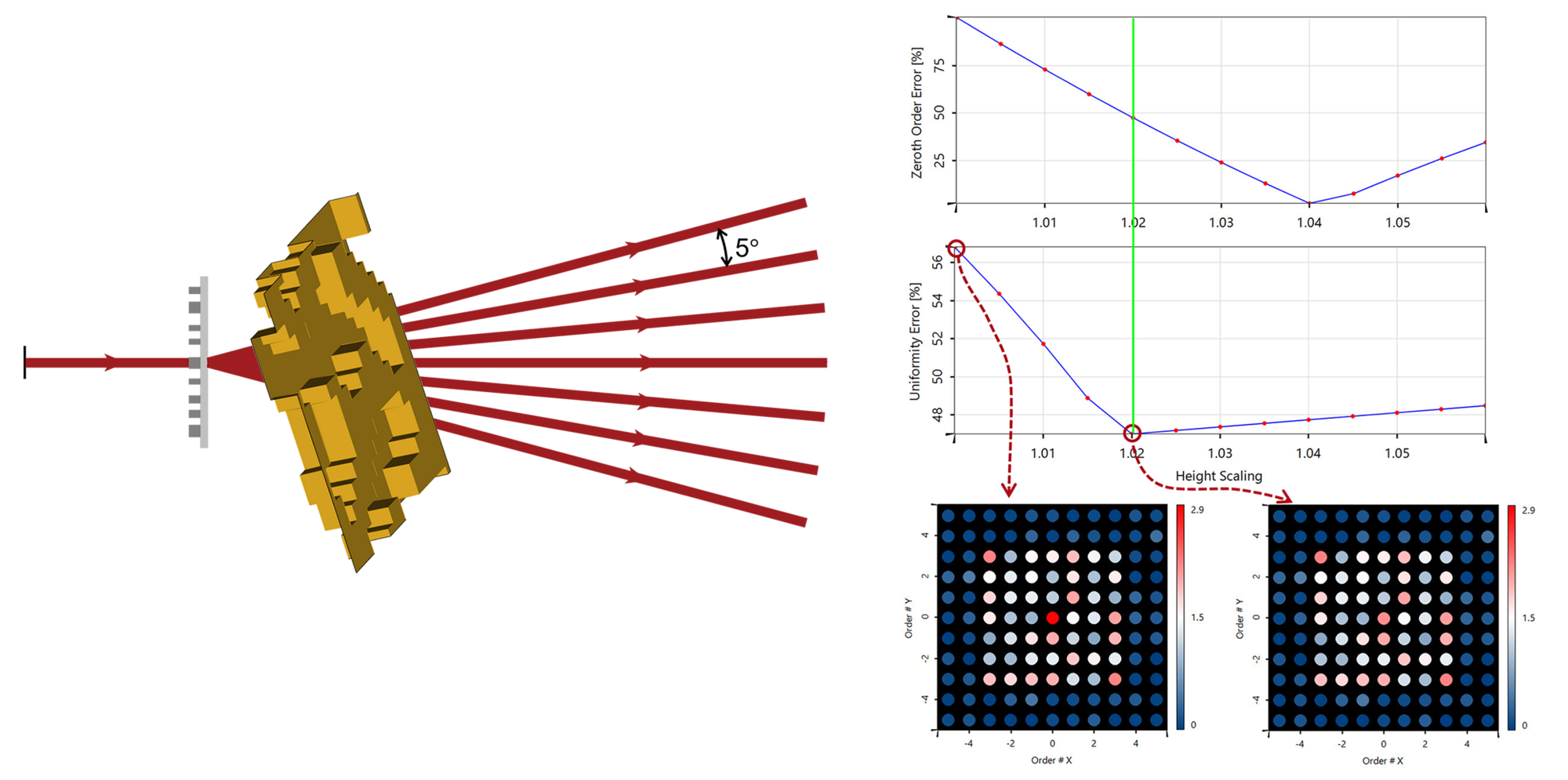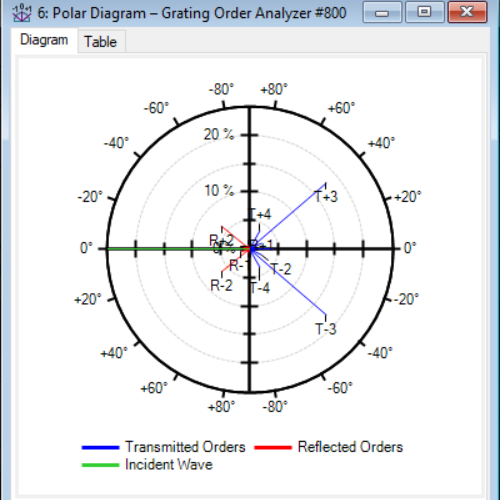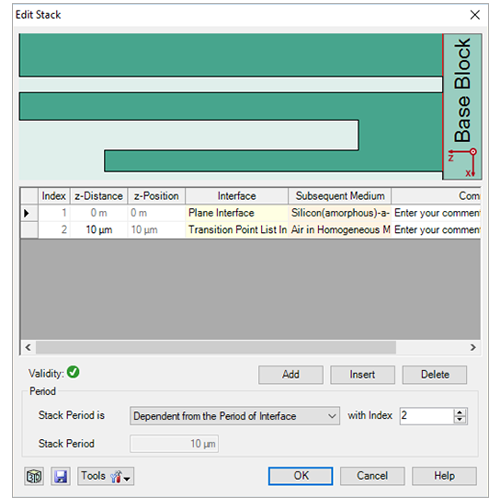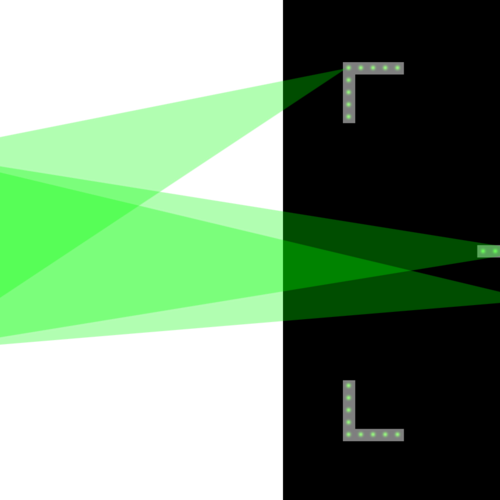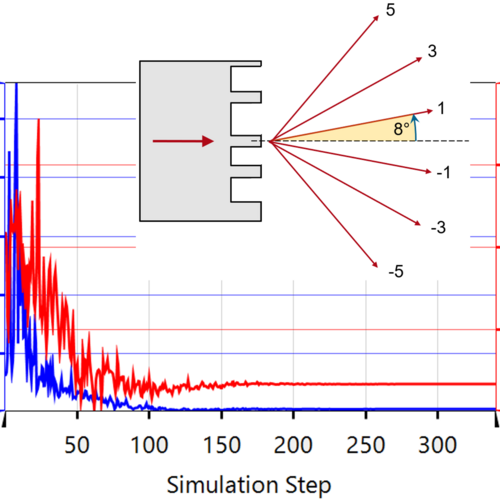Design and Rigorous Analysis of Non-Paraxial Diffractive Beam Splitter
Abstract
The direct design of non-paraxial diffractive beam splitters is still a challenge. Due to the quite large diffraction angle, the feature size of the element become similar to the wavelength of light. Hence, the typically used paraxial modeling approaches become inaccurate and rigorous techniques are required. Thus, in this example, the iterative Fourier transform algorithm (IFTA) and the thin element approximation (TEA) are used for the initial design of the diffractive optical element (DOE), and the Fourier modal method (FMM) also known as rigorous coupled wave analysis (RCWA) is applied afterwards for a rigorous performance evaluation, including the investigation of merit function changes in the case of height variations.
VirtualLab Fusion Configuration
-
 VirtualLab Fusion
VirtualLab Fusion
-
 Diffractive Optics Package
Diffractive Optics Package
-
 Grating Package
Grating Package

